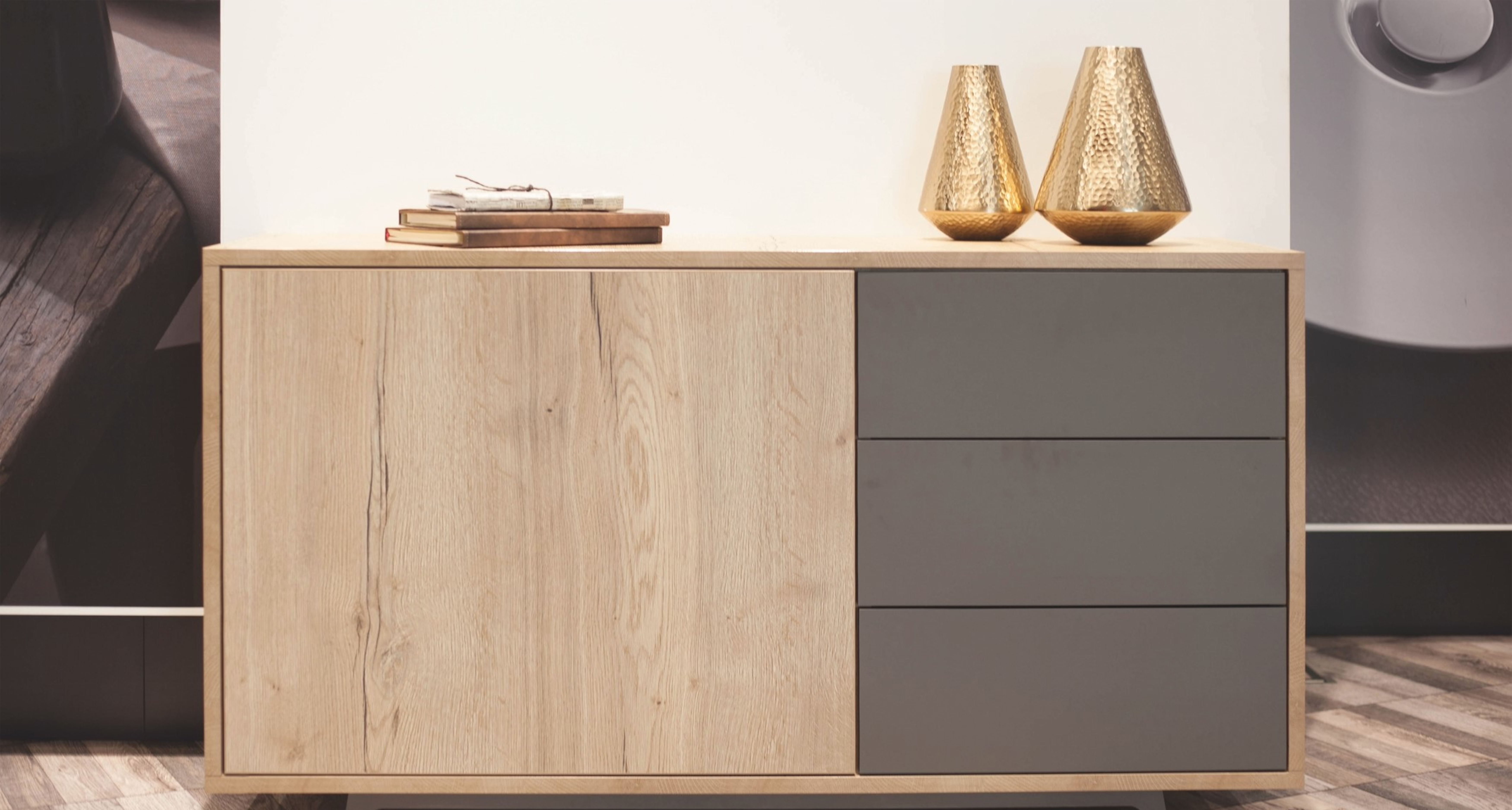
Wood alternatives are becoming the new neutral with varying tones, unexpected richness and authentic textures that offer depth and dimension. For centuries, wood has been used in interior design and architecture. Today, new product solutions for wood alternatives are emerging as a way to emulate the look, feel and even the authentic texture of real wood for less. Wood-based and woodgrain solutions also expand opportunities for installation into high-moisture spaces and other areas where real wood is not always a viable option.

While hue and tone make a design statement, texture ultimately tells the story of a surface and defines a space’s personality. Each type of wood texture is unique, from oak’s inherently beautiful cracks, knots and natural imperfections to exotic species’ striking brushed pores.
Today, these showstopping qualities are all possible to achieve with wood alternatives. Printing technology has advanced for decorative surfaces, walls and floors to not only capture one-of-a-kind real wood looks, but also their true, three-dimensional texture.
Solid wood surfaces are still a reliable option in some cases, but they are not always within budget or well-suited for a particular application. Cost-effective solutions that can be indistinguishable from solid wood or wood veneers are woodgrain thermally fused laminates (TFL) or standard laminates. These alternatives deliver expressive, deeply textured woodgrains with the use of synchronized pore technology. This technology flawlessly aligns woodgrain patterns to the texture, resulting in a tangible, deep textured finish on both sides (even running in the same direction along the edges). EGGER, for example, offers a meticulously designed range of durable, fade-resistant, on-trend finishes with matching TFL boards, laminates, and matching edge banding and end grain edge banding.
Feelwood, a remarkable example of these Embossed-in-Register (EIR) finishes, is a revolutionary development that is breathing new life into TFL and laminate decorative surfaces. With the Feelwood decor range, architects, designers and fabricators can reproduce the high-quality look, feel and aesthetic qualities of real wood in a way that can barely be told apart from natural wood — except, of course, when it comes to price and performance.
Feelwood textures come in an extensive range, using tactile effects to add expression, character, depth and realism, enabling you to bring your design visions to life. The materials fall within even the most conservative budgets and offer a level of color variation not achievable with veneers. This makes it ideal for projects with horizontal graining, like countertops. And, when compared to solid wood, these reproductions have the advantage of being more durable, more hygienic, easier to care for and less prone to discoloration when exposed to light.
See why looking good has never felt this good by
exploring Feelwood
.

